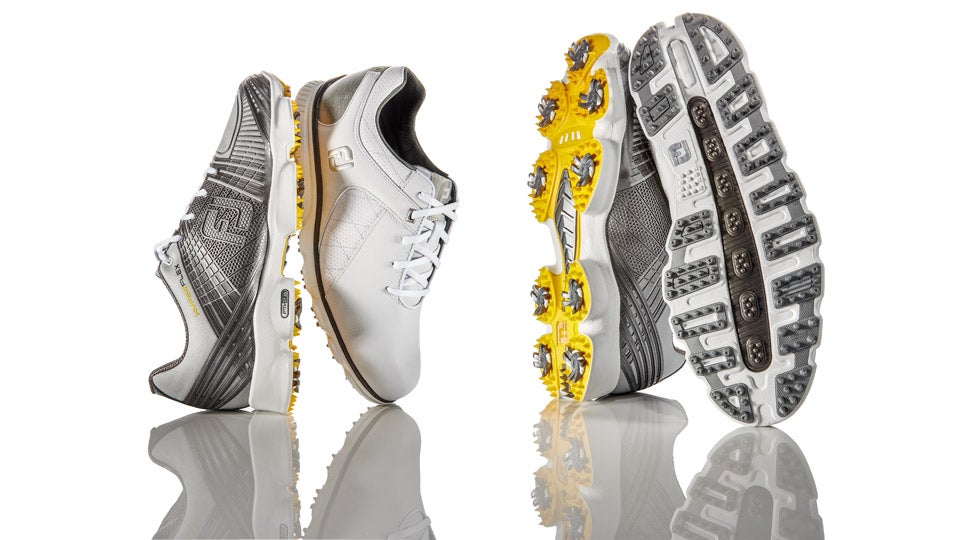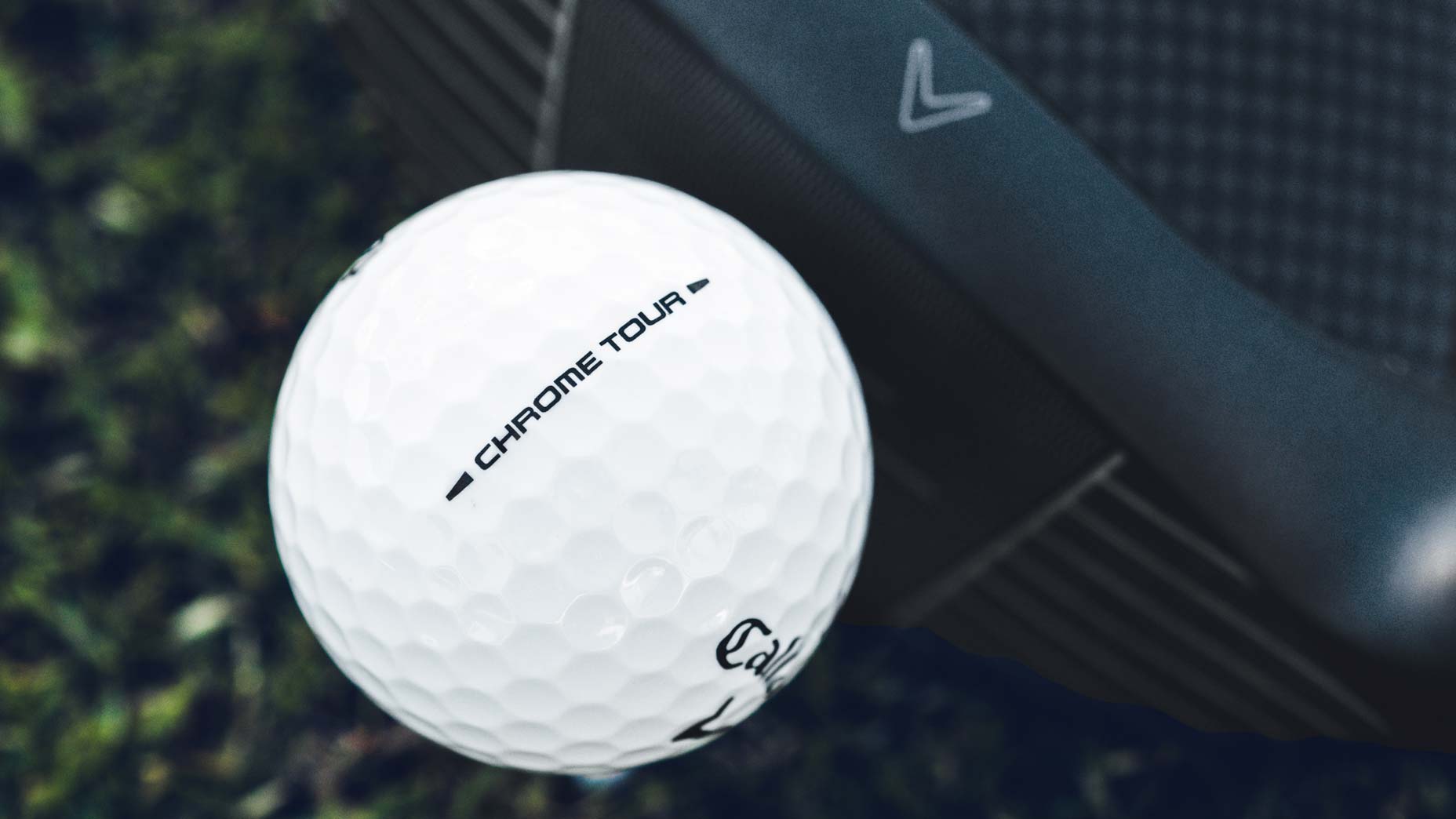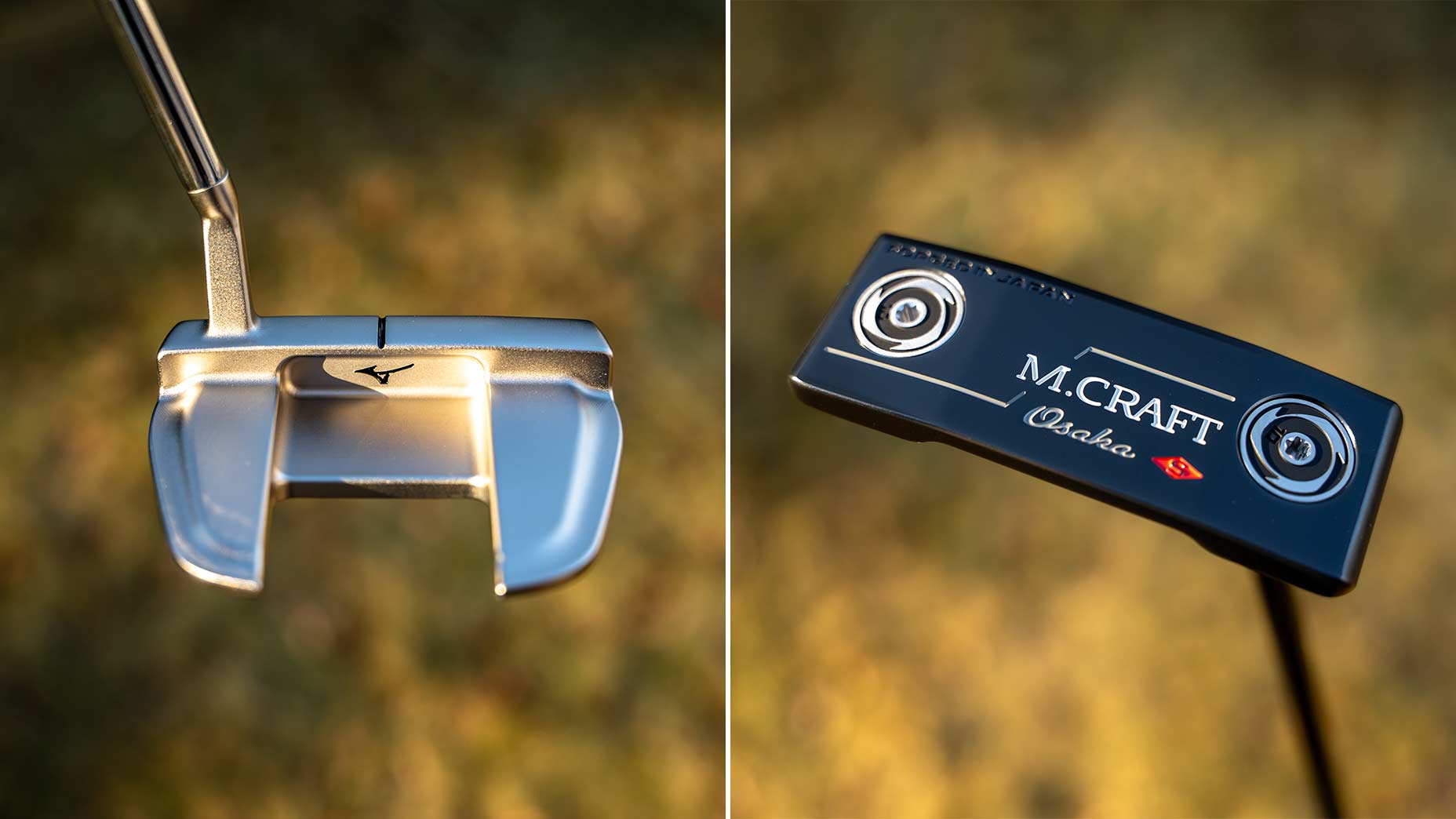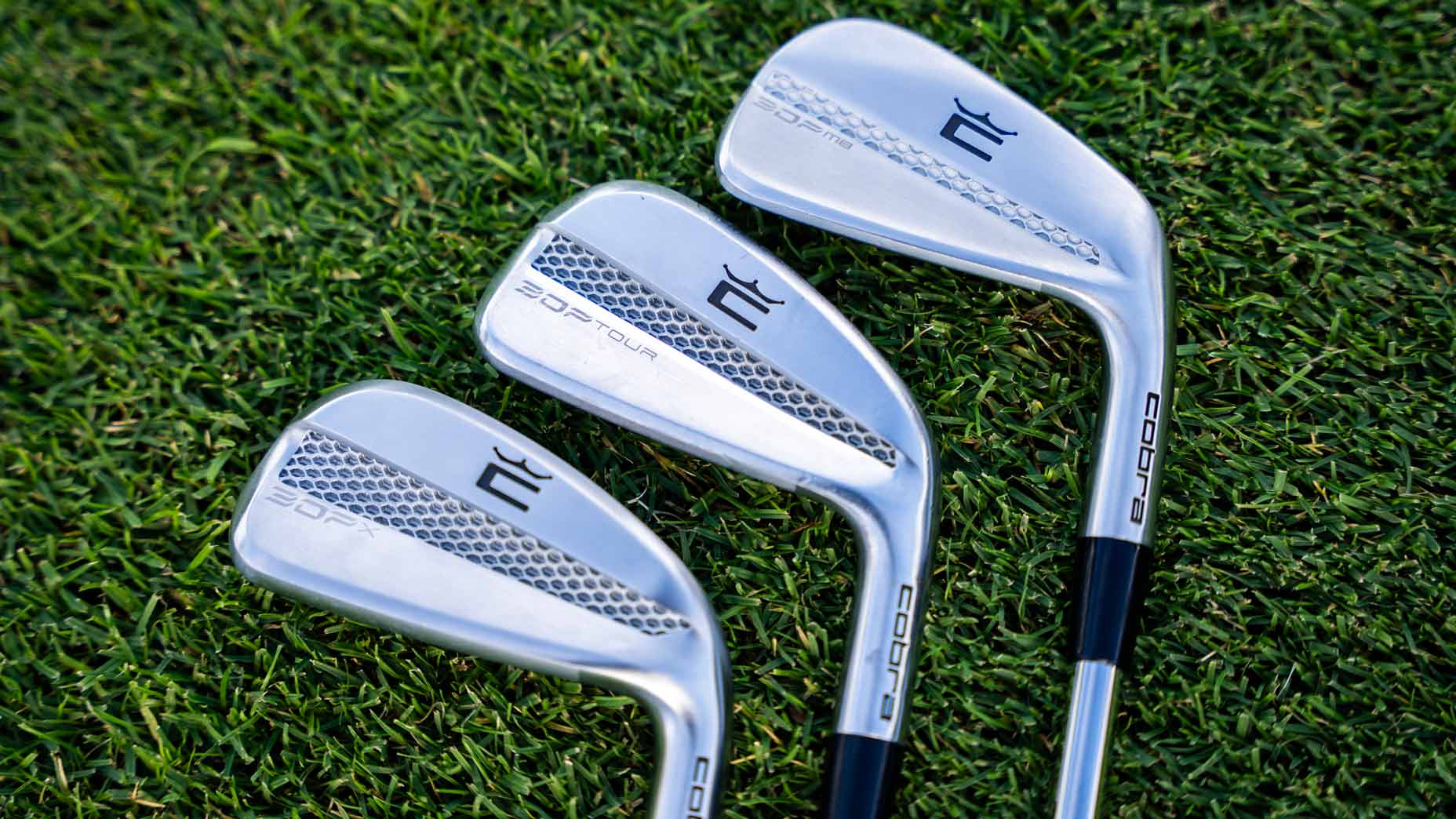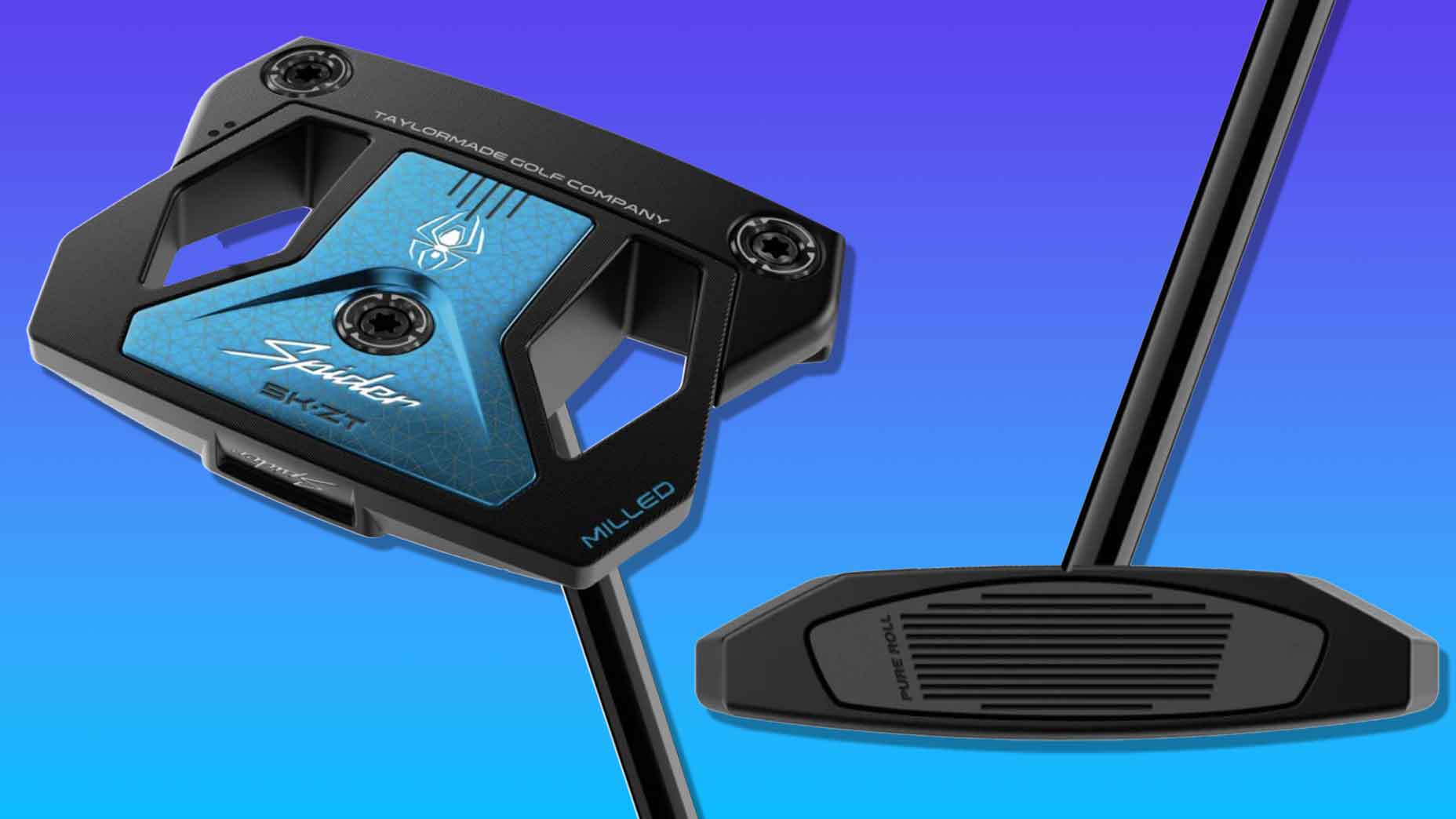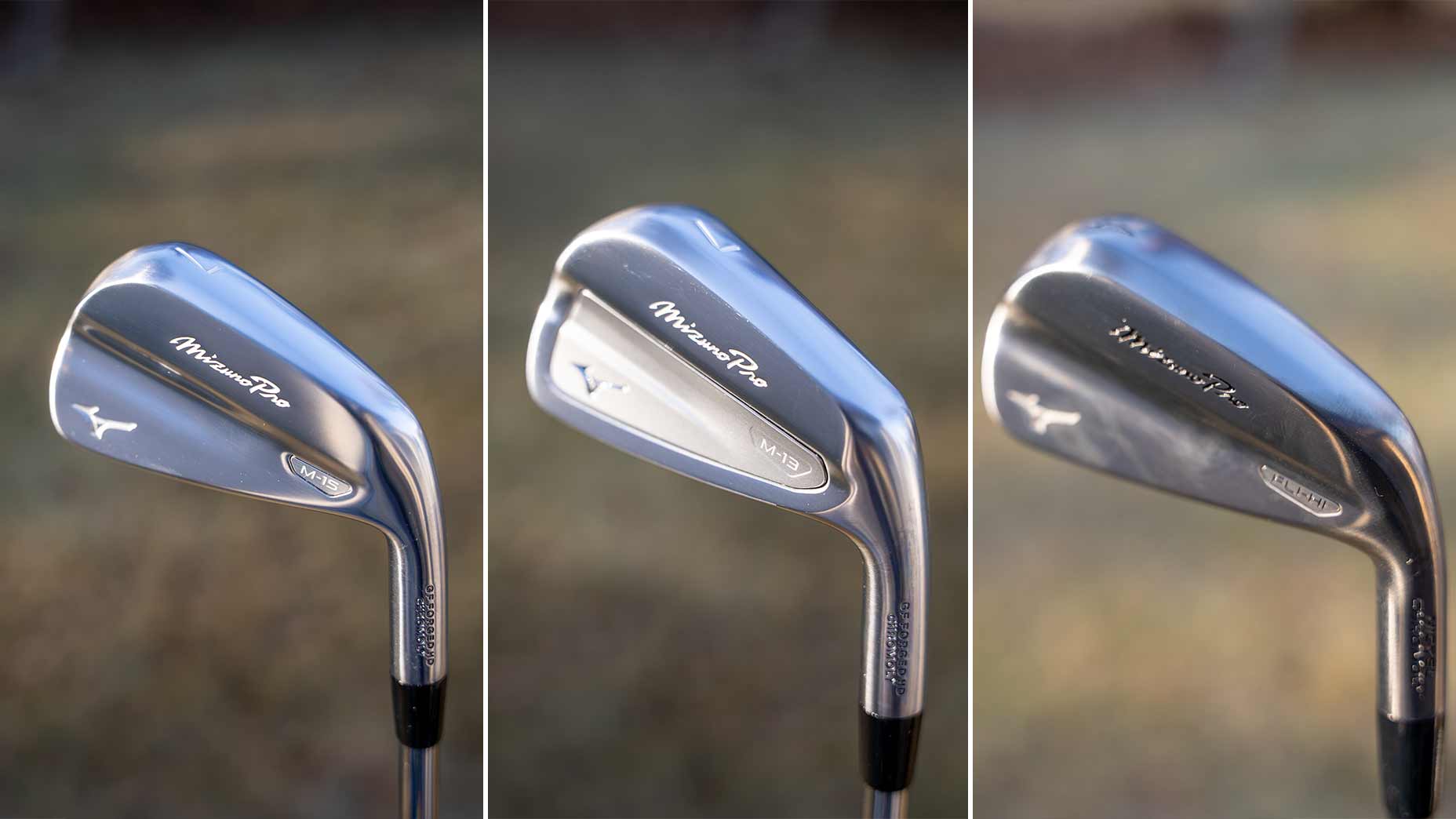Conventional wisdom says that the more rigid and stable your shoe is, the greater the “ground force” will be, and that this increased force will lead to a more explosive swing. Turns out, it’s not that simple.
FootJoy partnered with a company called BodiTrak Sports to measure thousands of golfers’ driver swings. (BodiTrak developed a mat with force plates that records how the body and feet interact with the ground during the swing.)
Their study concluded that a third of all golfers need a rigid shoe for maximum ground reaction; another third need more mobility; and the remaining third are “dual” players who can benefit from either a stiff (“structured”) model, such as the FootJoy Icon Black, or a more flexible (“mobile”) one like the Freestyle. In fact, having the proper shoe type produces, on average, a 3 mph increase in swing speed, the equivalent of nine yards with the driver.
The research project was a precursor to something larger. Starting September 1, FootJoy began rolling out 200 Performance Fitting Systems nationwide. (Assuming the system is well received, more units will follow.) Each unit has a fitting mat that records your footwork at address, at the top of the backswing and halfway down on the through-swing. All you have to do is make three swings with a driver to reveal your swing trace and whether a structured or mobile shoe is best for you. The data is viewed instantly through the fitting app on an iPad. (FootJoy says four primary factors determine how a shoe stacks up: ground force, forefoot flexibility, torsional flexibility, and cushioning, as measured by its durometer.)

FootJoy also debuted two models — Pro/SL and Hyperflex II — to coincide with the system’s release. The Pro/SL ($150), a structured shoe with a spikeless design, has a durable, waterproof full-grain leather upper called ChromoSkin, which provides more medial and lateral support than the DryJoys Casual it replaces. The new shoe employs the DryJoys Casual’s midsole/outsole unit, with a proprietary dual-durometer construction (a soft, cushioned inner layer and a firmer outer one) for stability and support around the foot. TPU traction nubs integrated into the outsole help ground contact in various weather conditions. Despite its spikeless design, this one has a relatively hard sole, so it’s not meant to be worn away from the course.

A new mobile model, Hyperflex II ($160), has an exoskeleton called FlexGrid 3.0 for medial lateral support during the swing. The shoe also features a waterproof mesh upper, cushioned FTF (fine-tuned foam) 2.0 midsole, and light NEO outsole. According to FootJoy, the original Hyperflex was based on the Zakim Bridge in Boston, where trusses and cables intersect to provide stability and motion control. The Hyperflex II mimics the tendons and ligament structures of the human foot, for more flexibility and comfort.

